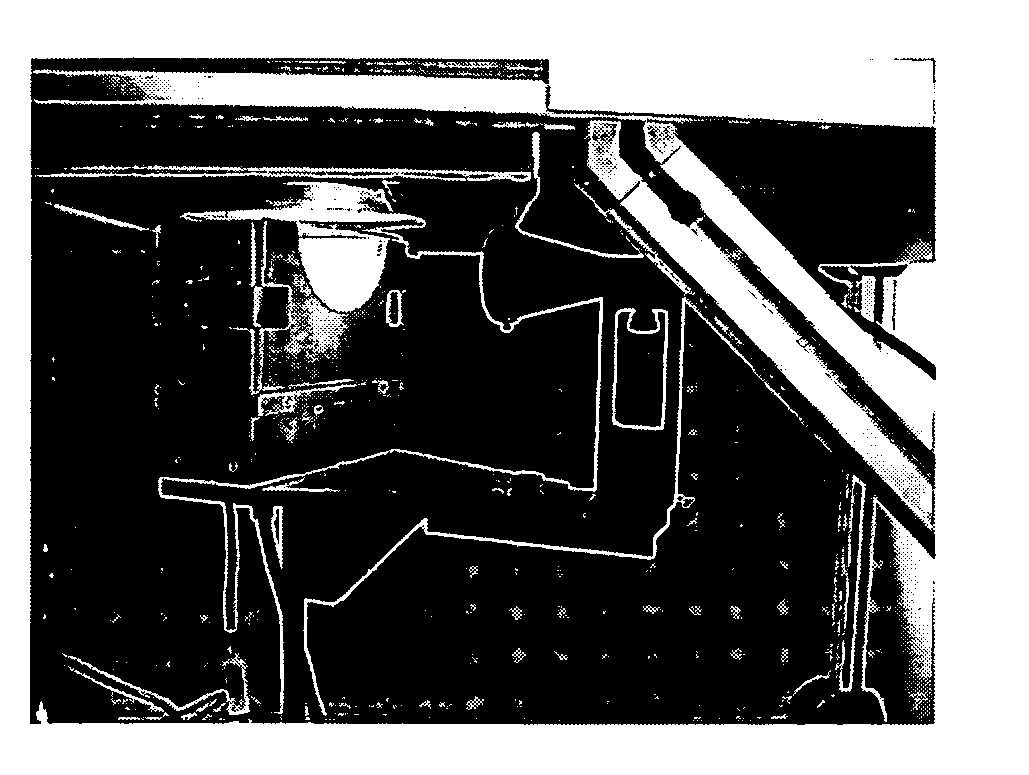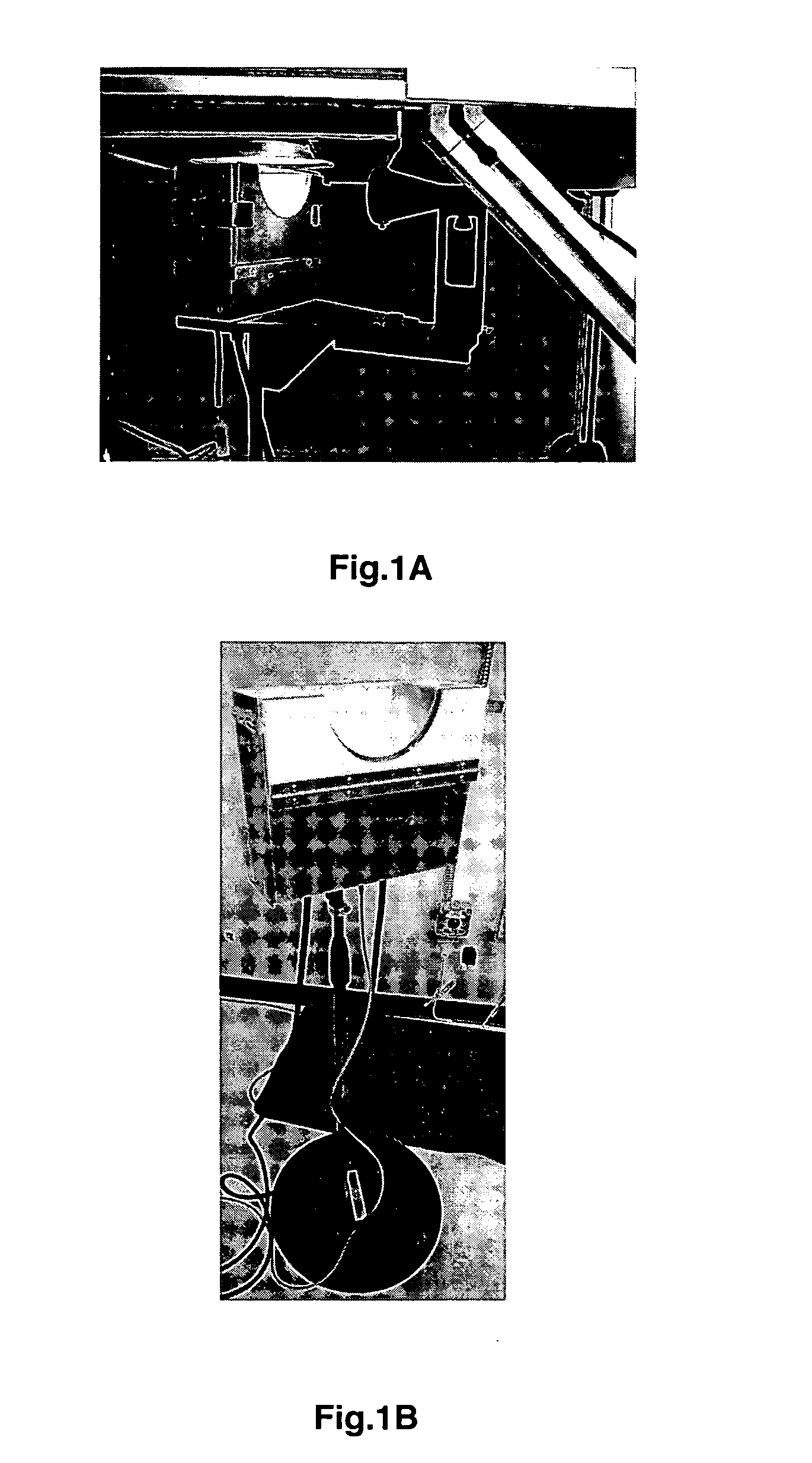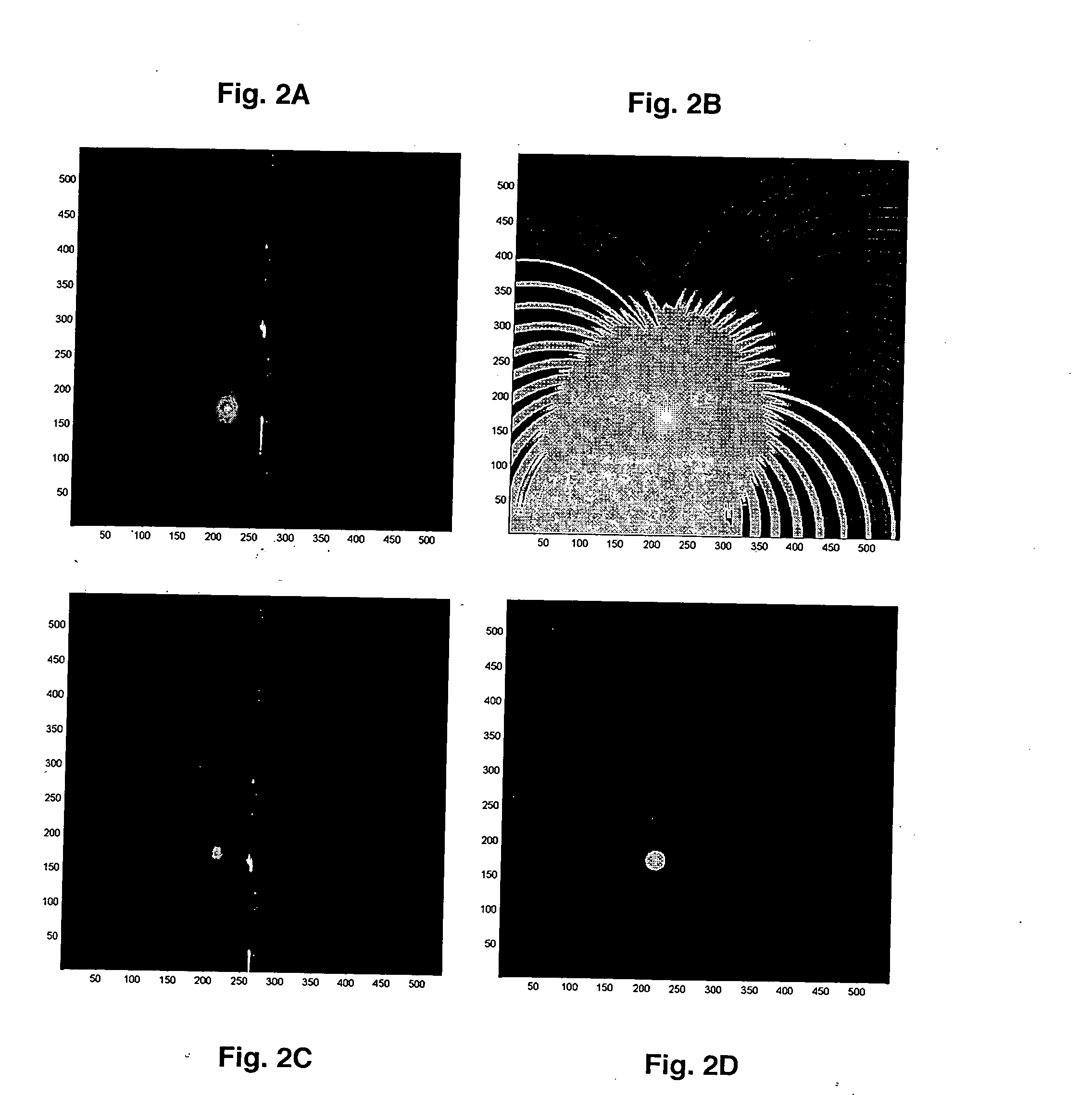Quantitative optoacoustic tomography with enhanced contrast
a tomography and contrast technology, applied in the field of optoacoustic tomography, can solve the problems of reducing the resolution and clarity of the image, prior art deficient in effective methods applying algorithms, and prior art deficient in using the maximum angular amplitude probability reconstruction algorithm
- Summary
- Abstract
- Description
- Claims
- Application Information
AI Technical Summary
Benefits of technology
Problems solved by technology
Method used
Image
Examples
example 1
Image Reconstruction Algorithm Based on MAAP
[0061] A detailed maximum angular amplitude probability algorithm described as it is implemented in the LOIS is provided in this example.
[0062] Data Inherited from the Current Image Reconstruction:
[0063] Ui—integrated signal from i-th transducer (i=1 . . . Ntr);
[0064] I—m×n matrix (old image) reconstructed using radial back-projection;
[0065] MAAP Image Reconstruction:
[0066] 1. Create an m×n matrix I′ of ZEROS.
[0067] 2. For each temporal sample j (j=1 . . . Ns) of a signal Ui find corresponding elements of the matrix I (physical positions (on a real probe) of those matrix I elements should have the same distance to i-th transducer equal to cs(j−1)Δt; where cs−speed of sound, and Δt is the temporal resolution of a transducer).
[0068] 3. Find the maximum of those elements and all elements around maximum, which satisfy the relationship: {Imax}:{I(k)>I(k+2),k>kmaxI(k)>I(k-2),k<kmaxk=1 … ARC[s,t]max.
Where kmax is t...
example 2
Comparison of MAAP and RBP Reconstructed Images (Spherical Models)
[0074] A radial back projection and maximum angular amplitude probability reconstructed optoacoustic images were compared using computer simulated signals from spherical absorptive objects. FIGS. 2A and 2B show a radial back projection image of a 7 mm in diameter absorptive object plotted using grayscale and triple-color threshold (hot metal palette shifted all the way to the cold colors) palettes. Image blurring as well as the artifacts in form of radiating arcs are clearly seen on FIGS. 2A-2B, respectively. Although linear grayscale maximum angular amplitude probability images (FIG. 2C) shrink and blur the object, triple-color threshold palette (FIG. 2D) reveals the true size of the object and recreates a high-contrast artifact-free image. Improvement of the optoacoustic image after maximum angular amplitude probability reconstruction is seen even more clearly when several objects of different size are simulated (F...
example 3
Examples of Quantitative OA Tomography Using Spherical Models
[0075] To demonstrate the accuracy of the offered approach for quantitative estimation of absorption coefficients, the algorithm is used that is described in Example 2 with signals obtained from spherical models, which had different diameters and the same unit absorption. FIGS. 4A-4D shows the histograms of the absorption coefficients found for single objects of 4 different diameters. The histograms show normally distributed K with a fairly small standard deviation. Considering the very large number of measurements, even for an object as small as 2 mm in diameter, the approach gives a very accurate estimation of the absorption coefficient where median values Kmed, are close to the original value K=1. For several objects of interest the least squares solution to equation (18) still gives a very good estimate of absorption coefficients. FIGS. 5A-5B are examples of this for 2 and 3 objects.
PUM
 Login to View More
Login to View More Abstract
Description
Claims
Application Information
 Login to View More
Login to View More - R&D
- Intellectual Property
- Life Sciences
- Materials
- Tech Scout
- Unparalleled Data Quality
- Higher Quality Content
- 60% Fewer Hallucinations
Browse by: Latest US Patents, China's latest patents, Technical Efficacy Thesaurus, Application Domain, Technology Topic, Popular Technical Reports.
© 2025 PatSnap. All rights reserved.Legal|Privacy policy|Modern Slavery Act Transparency Statement|Sitemap|About US| Contact US: help@patsnap.com



